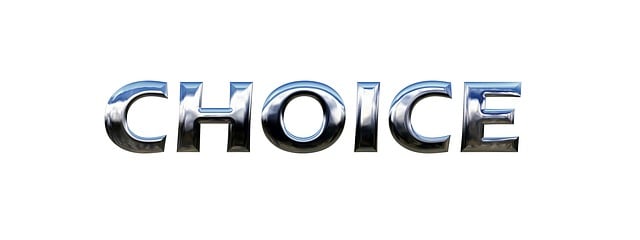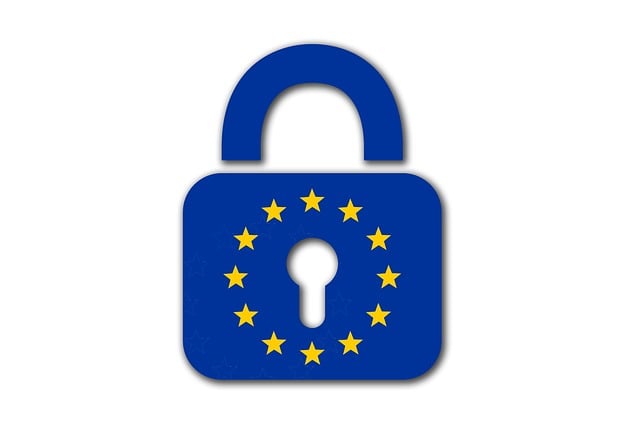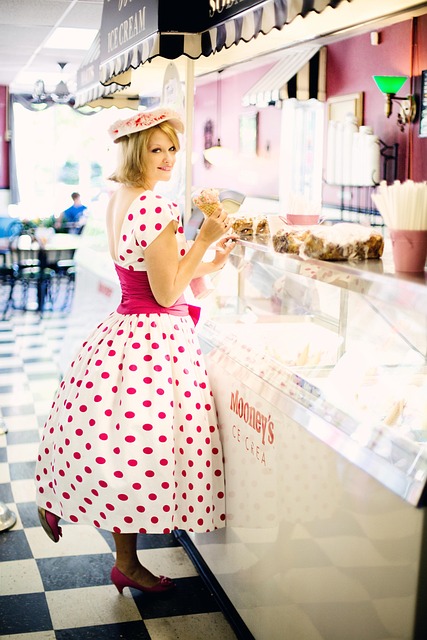Understanding and adhering to DOT regulations is crucial for transportation businesses. Select DOT Compliance involves risk assessment, staying updated with regulations, implementing SOPs, staff training, and using digital tools for tracking and record-keeping. Effective compliance prioritizes safety, avoids penalties, and contributes to global trade security.
“Unraveling the complexities of DOT regulations is essential for any industry involved in transportation. This comprehensive guide aims to demystify these vital rules, offering a clear understanding of their purpose and impact.
We’ll explore ‘Understanding DOT Regulations’ as a foundation, delving into the key aspects that define compliance. Subsequently, we provide practical steps for ‘Select DOT Compliance’, sharing best practices to ensure adherence. Finally, we offer strategies to navigate potential challenges, empowering businesses to maintain effective compliance.”
- Understanding DOT Regulations: A Comprehensive Overview
- Select DOT Compliance: Key Steps and Best Practices
- Navigating Challenges: Strategies for Effective Compliance
Understanding DOT Regulations: A Comprehensive Overview

Understanding DOT regulations is essential for any business operating within the transportation industry. These rules and guidelines are designed to ensure safety, maintain high standards, and regulate various aspects of trucking and freight carrier operations. The Department of Transportation (DOT) oversees a comprehensive set of laws covering everything from vehicle maintenance and driver fitness to hours-of-service restrictions and hazard material handling.
For businesses aiming for DOT compliance, selecting the right path requires a deep dive into these regulations. This includes understanding medical card renewal processes, adhering to freight carrier safety standards, and leveraging transportation safety technology to meet legal requirements. By embracing these measures, companies not only ensure their operations are up-to-date with DOT rules but also foster a culture of safety and efficiency across their fleet.
Select DOT Compliance: Key Steps and Best Practices

Selecting DOT compliance is a critical step for any business involved in interstate or international commerce. It involves understanding and adhering to Department of Transportation (DOT) regulations, which encompass a wide range of safety standards aimed at ensuring the secure transportation of goods and passengers. To ensure effective Select DOT Compliance, follow these key steps:
1. Conduct a Comprehensive Risk Assessment: Begin by evaluating your operations, including vehicle types, cargo handling, driver hours of service, and training records. Identify potential non-compliance areas to prioritize your efforts.
2. Stay Updated with Regulations: Stay abreast of the latest DOT rules and changes through official resources like the Federal Register and DOT’s website. Subscribe to relevant newsletters or industry publications for regular updates on transportation safety technology advancements and international trade compliance requirements.
3. Implement Standard Operating Procedures (SOPs): Develop SOPs that align with DOT guidelines for daily operations, including pre-trip inspections, maintenance records, driver training, and emergency protocols. This ensures consistency and reduces the risk of human error.
4. Provide Comprehensive Training: Offer regular compliance training sessions for all staff involved in transportation activities. Cover topics such as freight carrier safety standards, regulatory updates, and best practices to foster a culture of adherence.
5. Utilize Technology for Tracking and Monitoring: Leverage digital tools designed for international trade compliance training to streamline record-keeping, monitor driver behavior, and track vehicle maintenance. These technologies enhance accountability and facilitate quick identification of potential compliance issues.
Navigating Challenges: Strategies for Effective Compliance

Navigating Challenges: Strategies for Effective Compliance
In the complex landscape of DOT regulations, ensuring compliance is no simple task. Businesses operating within the freight transport industry must be adept at interpreting and implementing both domestic and international DOT transportation rules, including those governing hazardous materials (HM). A comprehensive understanding of these guidelines is essential to avoid costly penalties and maintain a strong reputation. By adopting best practices such as staying updated on the latest regulations, conducting thorough training for employees, and employing robust internal systems for tracking and documentation, companies can achieve seamless compliance.
Strategic planning and proactive measures are key to overcoming challenges. This involves regular reviews of current operations to identify potential gaps in adherence, investment in technology that streamlines compliance processes, and fostering a culture of accountability where safety and regulation are prioritized. By integrating these strategies into daily practices, the freight transport industry can enhance its select DOT compliance, ultimately contributing to a safer and more efficient global trade environment.
In understanding and adhering to DOT regulations, businesses can ensure safe transportation practices and avoid costly penalties. By following the key steps outlined in this article, specifically focusing on selecting appropriate DOT compliance strategies, navigating challenges effectively, and staying informed, companies can streamline their operations and contribute to a safer transportation landscape. Remember that consistent effort and proactive measures are essential for successful DOT compliance.












































